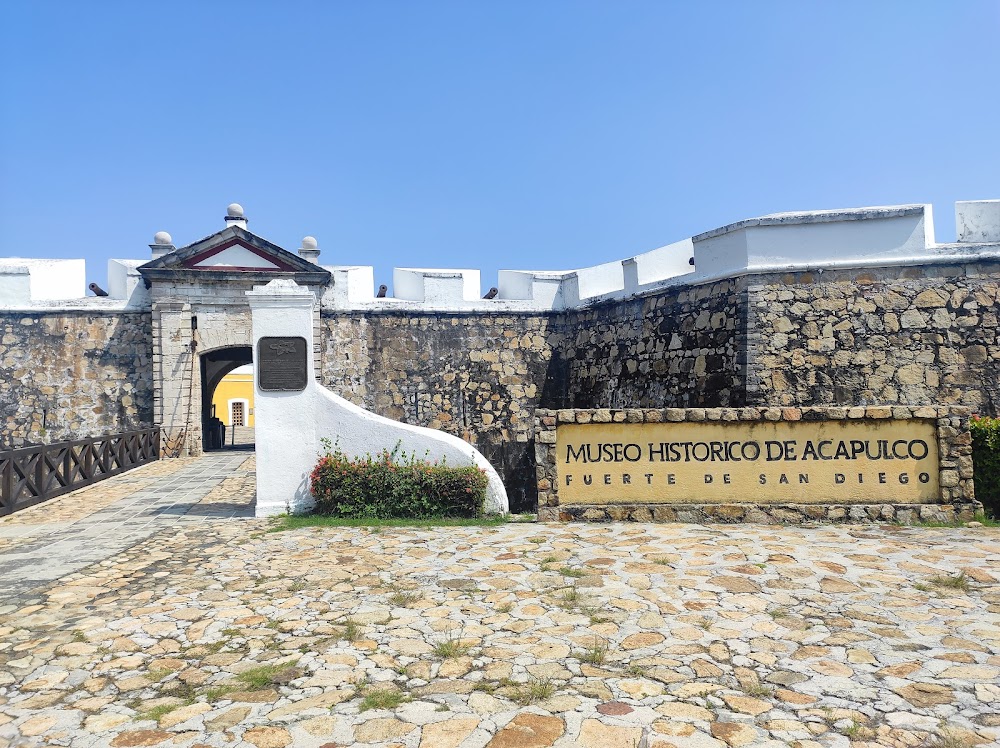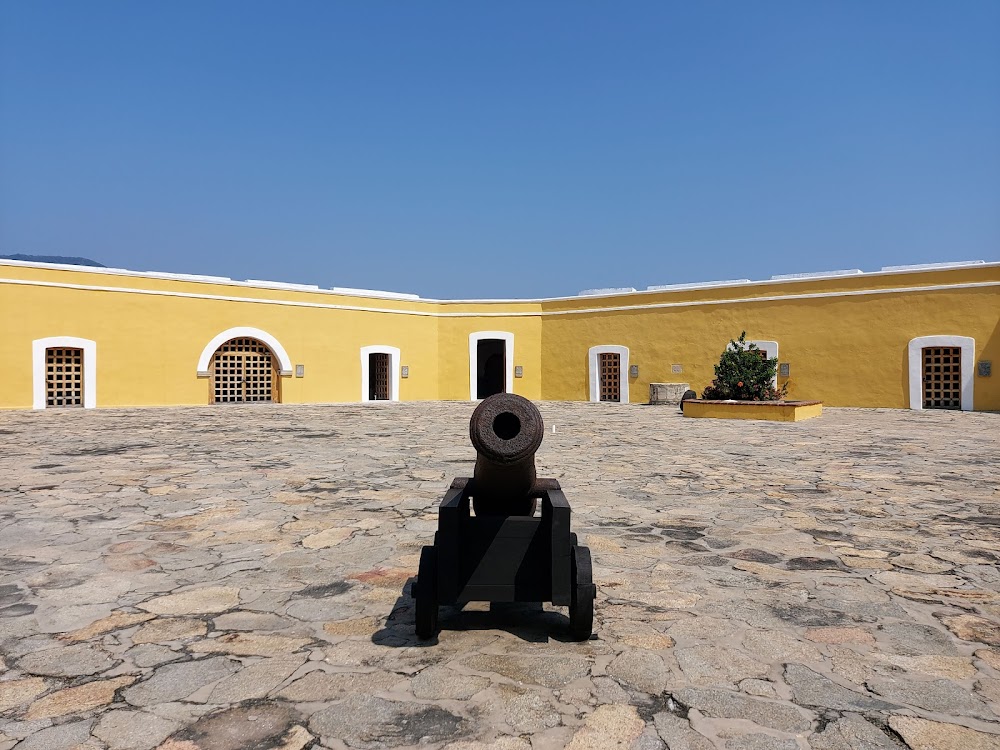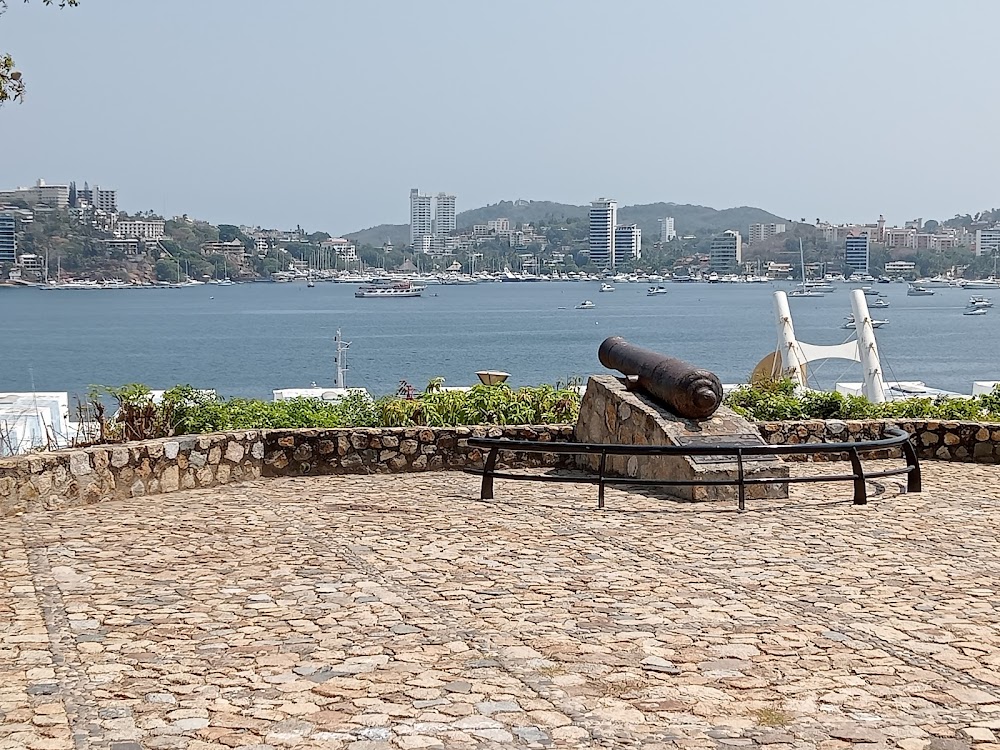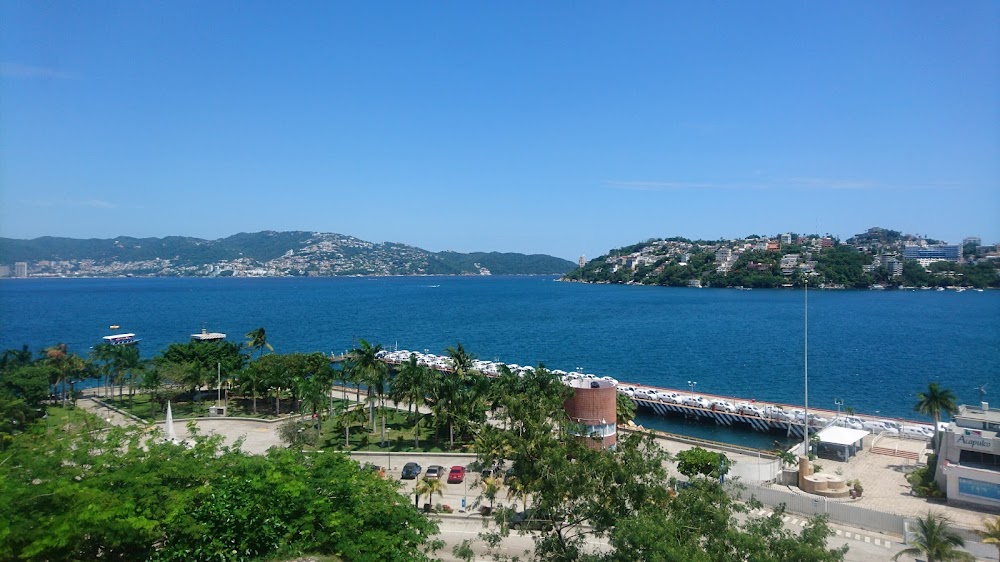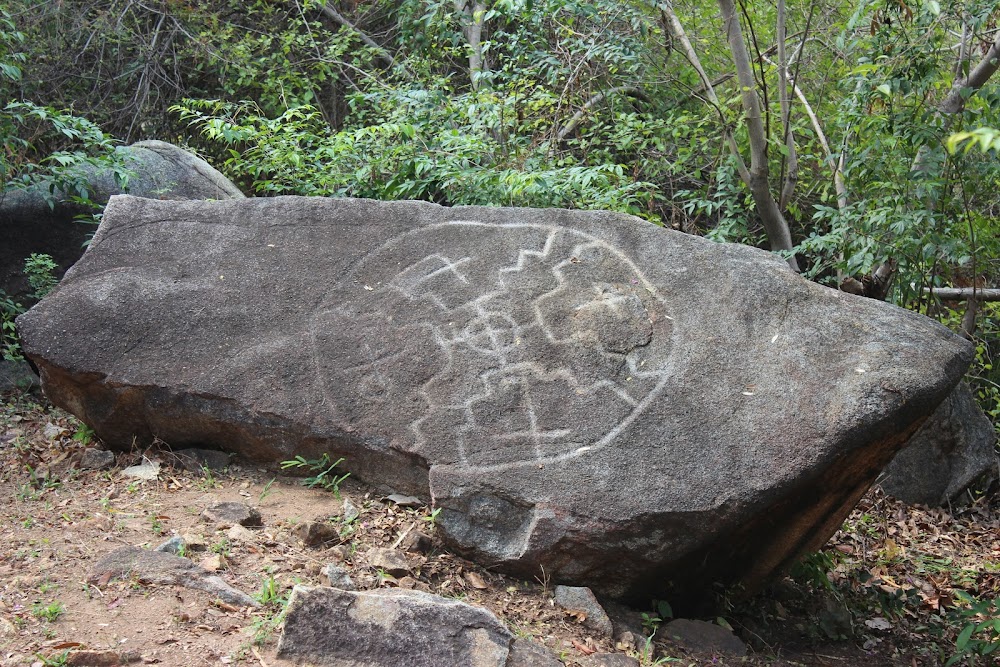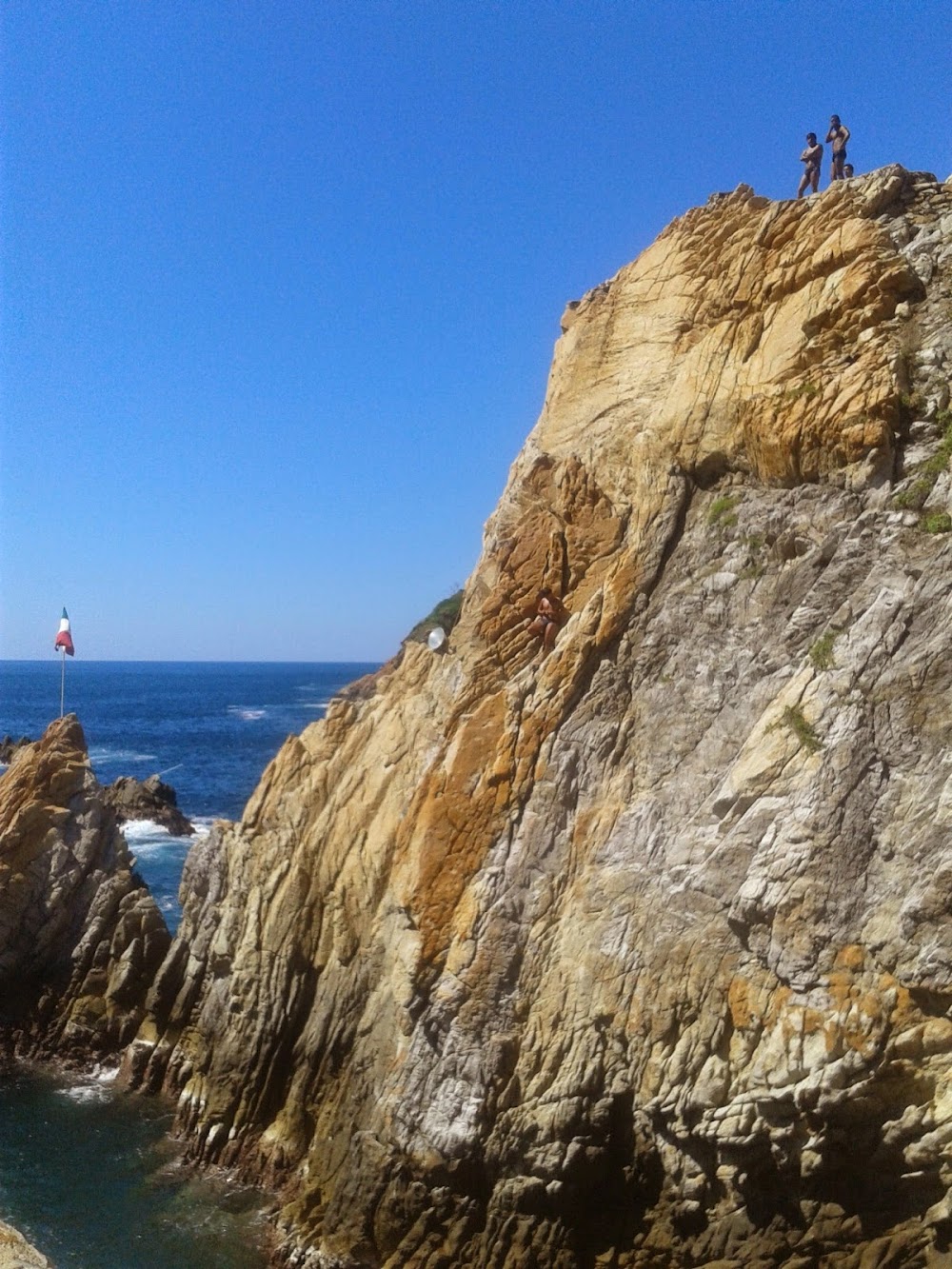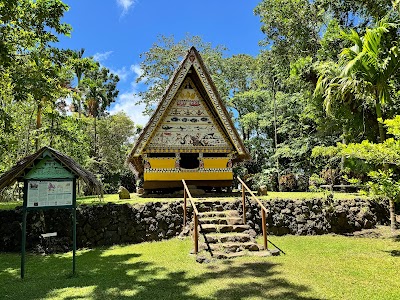Fort of San Diego (Fuerte de San Diego)
Overview
The Acapulco Historical Museum of Fort San Diego, nestled in the vibrant city of Acapulco, Guerrero, Mexico, is a remarkable historical site that unveils the rich narrative of the region’s past. Originally constructed to defend Acapulco from pirate incursions and to safeguard vital trade routes connecting Asia and the Americas, this star-shaped fortress has evolved into a captivating museum, offering visitors a glimpse into the history and culture that shaped Acapulco.
The fort's construction began in 1615 under the guidance of Diego Fernández de Córdoba, the Governor of New Spain. Strategically perched on a hill overlooking the Bay of Acapulco, the fort was designed to provide a crucial vantage point against potential invaders. Featuring thick stone walls, bastions, and a moat, its initial fortifications were completed by 1617, establishing it as a key component of the Pacific coast's defense system.
Over the years, Fort San Diego faced numerous challenges, including a devastating earthquake in 1776 that caused significant damage. This led to an urgent reconstruction effort, utilizing local volcanic rock and incorporating enhanced design elements to better withstand seismic activity. By 1783, the revamped fort was completed, retaining its iconic star shape but boasting reinforced walls and additional structures. This fortified version continued to serve as a critical military bastion, protecting Acapulco’s valuable port and trade routes.
For many years, the fort functioned as a military installation, housing soldiers tasked with guarding against potential threats. Throughout various conflicts, including the War of Independence, its role fluctuated between defense and control by different factions. As piracy diminished and military strategies evolved, the need for a strong military presence at the fort waned, leading to its gradual repurposing for other functions.
The transformation of Fort San Diego into a historical museum began in the 20th century, as local authorities and historians recognized the need to preserve its rich history and architectural significance. Officially inaugurated as the Acapulco Historical Museum in 1986, the museum aims to showcase and preserve the historical and cultural heritage of Acapulco and the broader Guerrero region.
Today, the museum features an extensive array of exhibits that span a wide timeline, from the pre-Hispanic era to the colonial period and into modern times. Visitors can explore a diverse collection of artifacts, maps, weapons, and items that highlight both the fort’s military importance and the broader cultural context of the region.
One of the museum's standout attractions is its focus on the Manila Galleon trade, which formed a vital economic link between New Spain and the Philippines from the 16th to the 19th centuries. Exhibits illustrate the exchange of goods, cultural influences, and Acapulco's pivotal role as a primary port in this global trade network.
Additionally, the museum hosts temporary exhibitions, educational programs, and guided tours that enhance visitors' understanding of regional history. The fort’s stunning views of Acapulco Bay and the surrounding landscape further enrich the immersive historical experience.
As visitors wander through the various rooms, bastions, and the central courtyard, they gain a profound appreciation for the architectural ingenuity and historical narratives woven into the fabric of the fort. The museum's unique setting within this iconic structure allows guests to engage with the past while enjoying the breathtaking surroundings.
The Acapulco Historical Museum of Fort San Diego stands as a testament to the resilience and enduring cultural heritage of Acapulco, making it an essential destination for both locals and tourists. It offers a fascinating window into the vibrant history of this significant Mexican city, inviting all who enter to explore its storied past.


